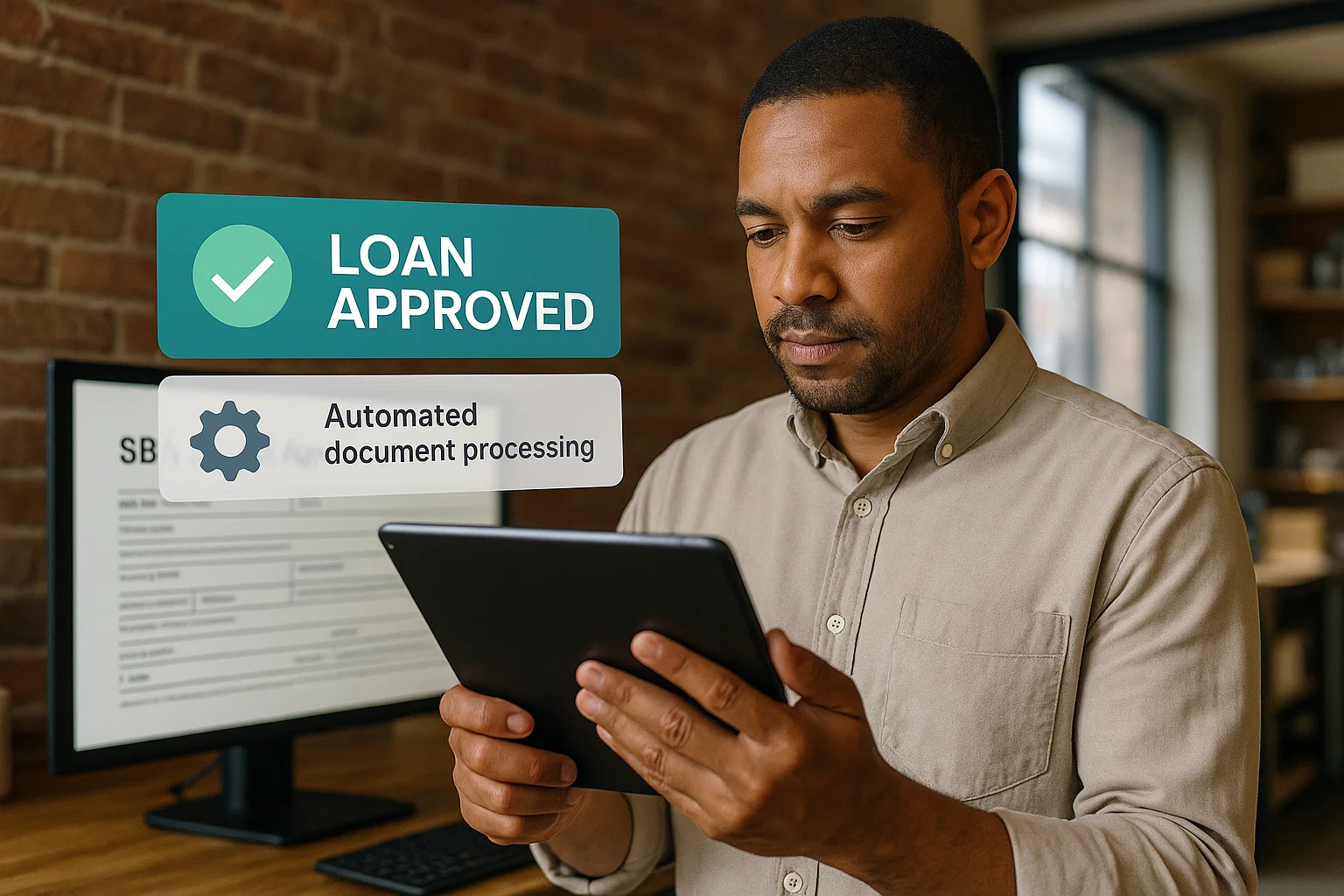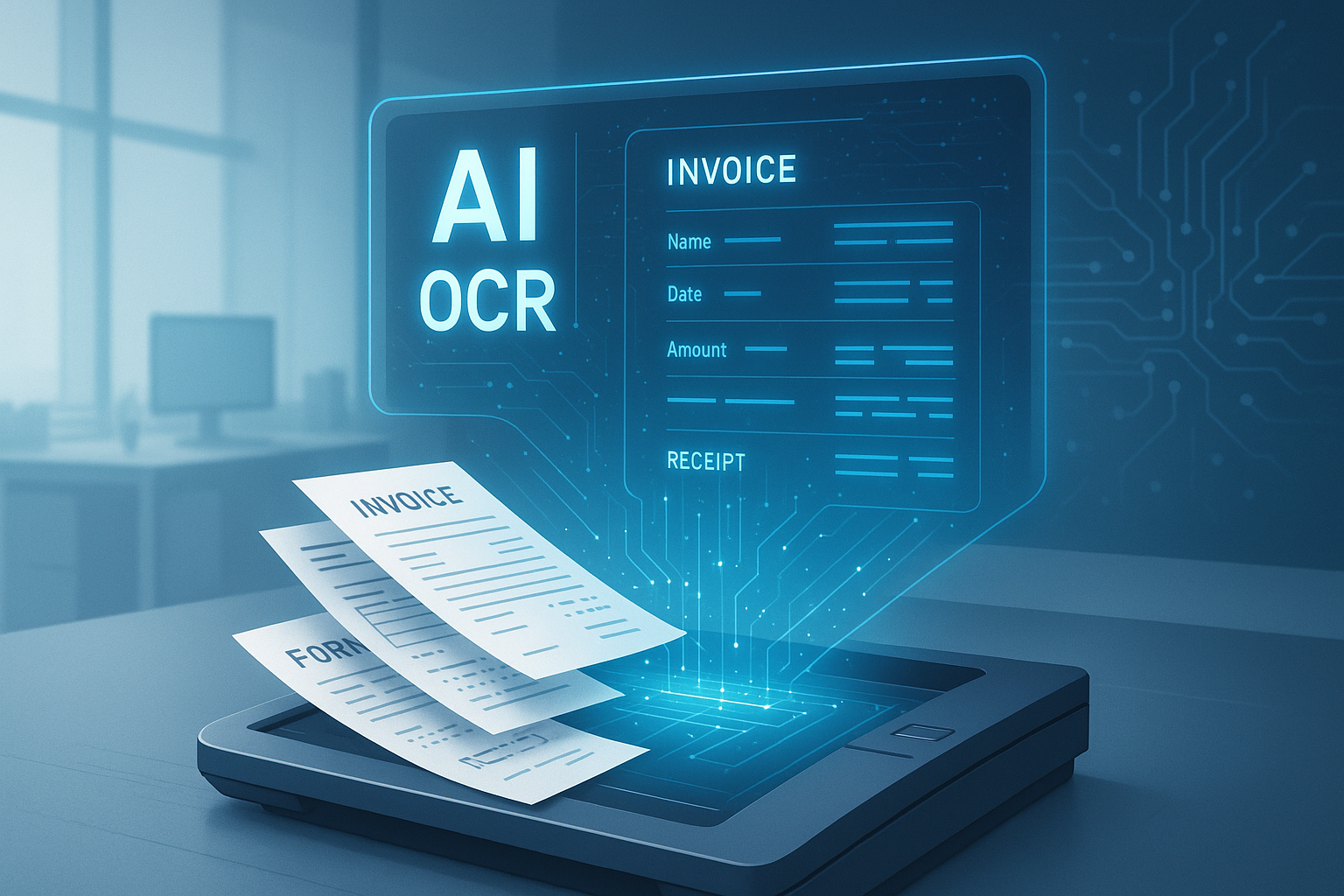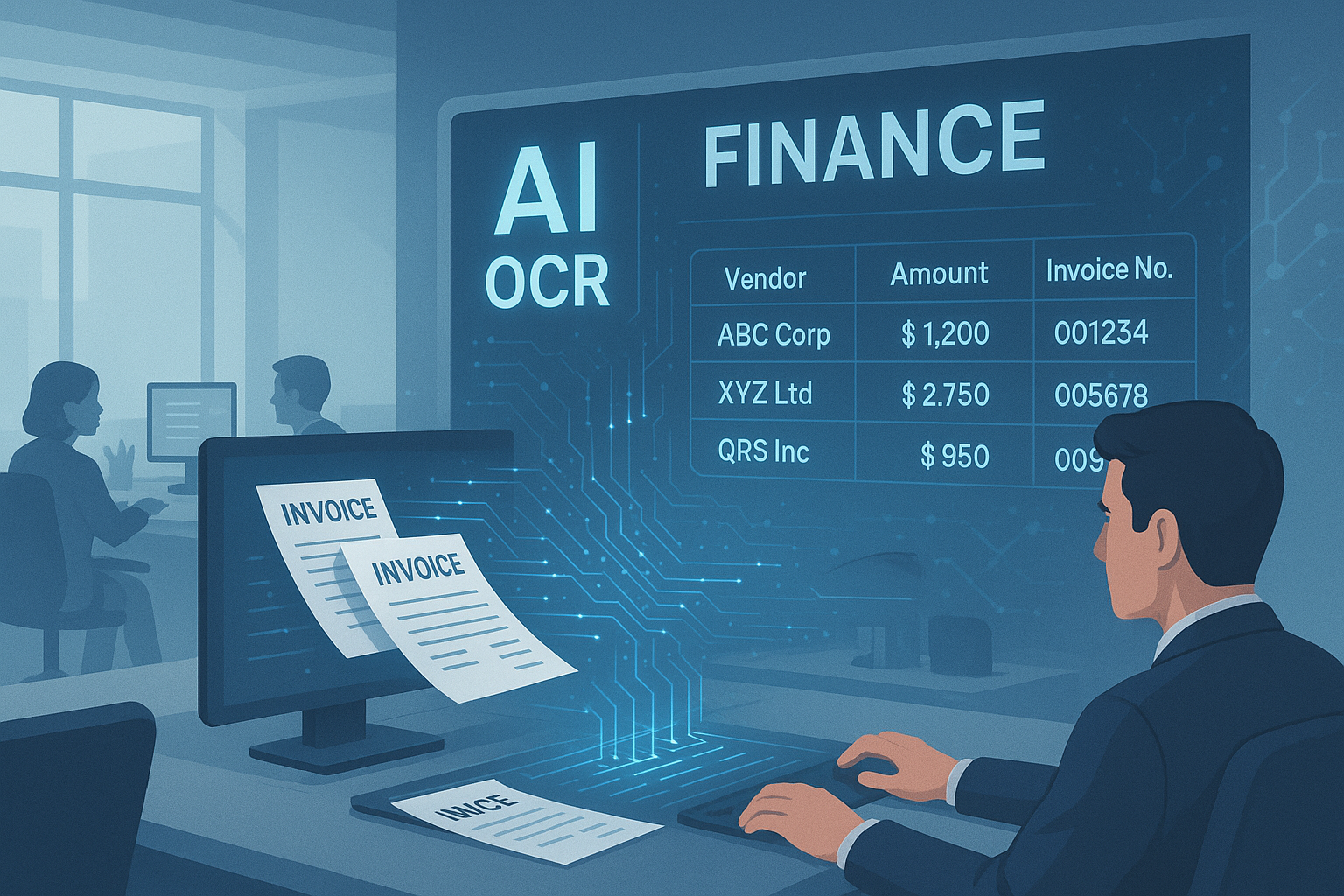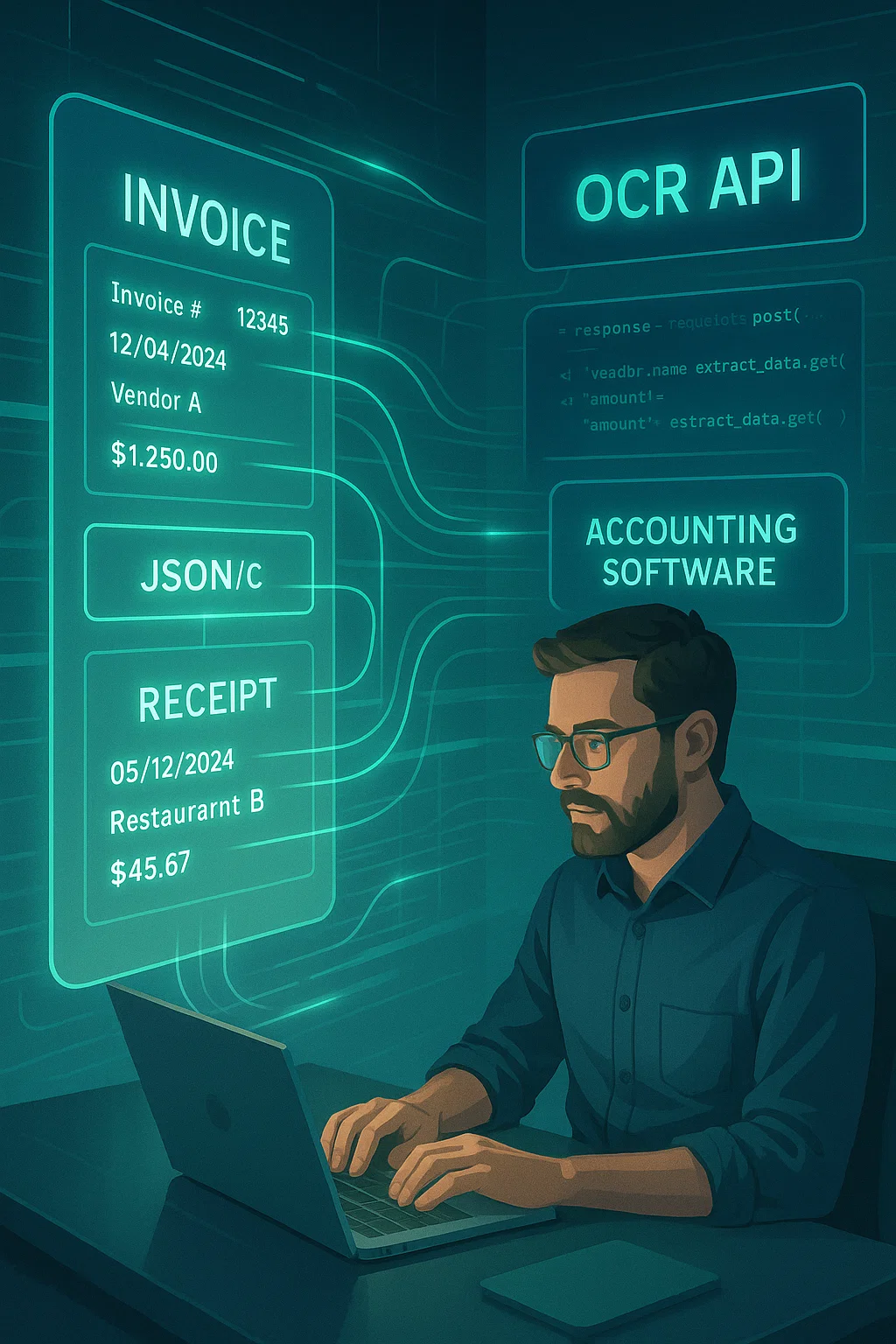The Ultimate Guide to Small Business Lending Automation: Revolutionizing SBA Loans and Financing
Discover how small business lending automation is transforming the financing landscape, streamlining SBA loans, and making capital more accessible for entrepreneurs.

Table of contents
Introduction to Small Business Lending Automation
For small business owners and entrepreneurs, securing adequate financing remains one of the most significant challenges to growth and sustainability. Traditional lending processes have long been characterized by mountains of paperwork, lengthy approval timelines, and frustrating inefficiencies. However, a technological revolution is underway in the financial services industry that promises to transform how small businesses access capital.
Small business lending automation is fundamentally changing the lending landscape by streamlining application processes, enhancing underwriting accuracy, and dramatically reducing time-to-funding. This transformation is particularly impactful for SBA loans, which have historically been known for their complex documentation requirements and extended approval timelines.
The Current State of Small Business Financing
Before diving into automation solutions, it's important to understand the challenges facing both lenders and borrowers in the current environment. Small businesses typically wait 30-45 days for loan decisions through traditional channels, with approval rates hovering around 20% at large banks. The manual processing of applications not only extends wait times but also increases operational costs for lenders, which are often passed on to borrowers through higher interest rates and fees.
SBA loans, while offering favorable terms, are particularly document-intensive. Lenders must verify compliance with numerous government requirements, creating bottlenecks that delay funding. These inefficiencies create significant opportunity costs for small businesses waiting to invest in growth initiatives.
How Lending Automation Transforms the Borrowing Experience
Lending automation leverages advanced technologies to streamline every aspect of the loan lifecycle, from application to funding. For small business owners, this translates to tangible benefits:
- Simplified application processes with digital document uploads and form-filling assistance
- Reduced paperwork through automated data extraction from financial statements and business records
- Faster decisions with some automated platforms delivering preliminary approvals in hours rather than weeks
- Improved transparency through real-time application status updates and clearer communication
These improvements are particularly valuable for entrepreneurs who need capital quickly to seize time-sensitive business opportunities or navigate cash flow challenges.
Core Technologies Driving Small Business Lending Automation
Several key technologies form the foundation of modern lending automation platforms:
Intelligent Document Processing
Advanced document processing capabilities automatically extract and validate information from various business documents, including tax returns, financial statements, and legal records. This technology dramatically reduces manual data entry requirements and accelerates the information-gathering phase of loan applications.
Automated Underwriting Systems
Sophisticated algorithms analyze borrower data points to assess creditworthiness more efficiently than traditional manual reviews. These systems incorporate traditional metrics like credit scores alongside alternative data sources, providing a more holistic view of business health and repayment capacity.
API Integrations
Direct connections to accounting software, banking platforms, and other financial systems enable real-time data verification without requiring businesses to compile and submit additional documentation. These integrations significantly reduce the administrative burden on applicants while improving data accuracy.
SBA Lending Automation: Streamlining Government-Backed Loans
SBA loans represent an especially promising area for automation due to their standardized requirements and documentation. Modern lending platforms are specifically addressing SBA pain points through:
Eligibility pre-screening tools that quickly determine if businesses meet basic SBA loan criteria before initiating full applications
Automated document checklists customized to specific SBA loan programs (7(a), 504, microloans) that ensure applicants submit complete packages
Compliance verification systems that automatically check applications against SBA guidelines to reduce errors and potential delays
These specialized capabilities are helping lenders process more SBA applications while maintaining strict compliance standards, ultimately expanding access to these favorable financing options.
Benefits for Lenders: Why Financial Institutions Are Embracing Automation
The advantages of lending automation extend beyond borrower convenience. Financial institutions implementing these technologies report:
- Up to 70% reduction in loan processing costs
- 40-60% faster application processing times
- Significant improvements in underwriting accuracy and consistency
- Enhanced ability to scale lending operations without proportional staff increases
- Reduced compliance risks through standardized processes and automated checks
These efficiency gains allow lenders to profitably serve segments of the small business market that were previously uneconomical under manual processes, expanding access to capital for more entrepreneurs.
The Human Element: Balancing Technology and Personal Service
Despite the clear advantages of automation, successful implementation doesn't eliminate the human element from small business lending. The most effective approaches combine technological efficiency with personalized service at critical decision points.
Relationship managers and loan officers remain essential for complex applications, providing guidance on structuring deals and helping businesses navigate special circumstances. Automation simply frees these professionals from routine administrative tasks, allowing them to focus on value-added advisory services.
Implementation Considerations for Small Business Owners
For entrepreneurs evaluating lenders, understanding their automation capabilities can help identify the most efficient funding sources. Consider these factors when selecting financial partners:
- Digital application options - Can you complete the entire process online?
- Document requirements - Does the lender offer digital upload capabilities and minimize redundant information requests?
- Transparency tools - Are status updates and timeline estimates readily available?
- Decision speed - What is the average time-to-decision for similar businesses?
- Integration capabilities - Can the lender connect directly with your accounting and banking systems?
Lenders with robust automation typically provide clearer expectations and more consistent experiences throughout the application process.
The Future of Small Business Lending Automation
The evolution of lending automation continues with several emerging trends poised to further transform small business financing:
Predictive analytics will increasingly help identify businesses that may need capital before they actively seek it, enabling proactive lending offers
Blockchain technology may streamline verification processes by creating immutable records of business credentials and financial history
Open banking frameworks will facilitate more seamless data sharing between financial institutions, reducing application friction
As these technologies mature, the gap between application and funding will continue to narrow, potentially enabling same-day funding for many small business loan products.
Conclusion: Embracing the Automated Lending Revolution
Small business lending automation represents a significant advancement in how entrepreneurs access capital. By reducing paperwork burdens, accelerating decisions, and improving transparency, these technologies are making the financing process more accessible and less intimidating for business owners.
For small businesses seeking growth capital, understanding and leveraging these automated lending platforms can mean the difference between waiting weeks for funding and receiving capital in days. As competition among lenders drives further innovation, small businesses stand to benefit from continued improvements in the lending experience.
The most successful entrepreneurs will be those who embrace these technological advances while maintaining strong relationships with financial partners who understand their unique business needs and growth objectives.
Related Blog Posts

Revolutionizing Document Management with OCR Technology
Explore how AI-powered OCR technology transforms document management by digitizing text, streamlining workflows, reducing errors, and boosting efficiency across industries.

Smarter Invoice Processing: The OCR Advantage for Finance Departments
Learn how OCR technology revolutionizes invoice processing for finance departments by automating data extraction from invoices, reducing costs, and boosting accuracy. This guide covers OCR's benefits, AI enhancements, and practical steps to transform accounts payable operations

OCR APIs: The Secret Weapon Smart Finance Teams Are Using Right Now
Discover how OCR APIs transform finance teams by automating data entry from receipts and invoices, cutting processing time by up to 85%, and boosting accuracy to 98%. This guide shares real-world insights for modernizing financial workflows.
Ready to Transform Your Lending Process?
See how DocsAPI's AI-powered industry classification can help you process loans faster, improve accuracy, and scale your operations.
